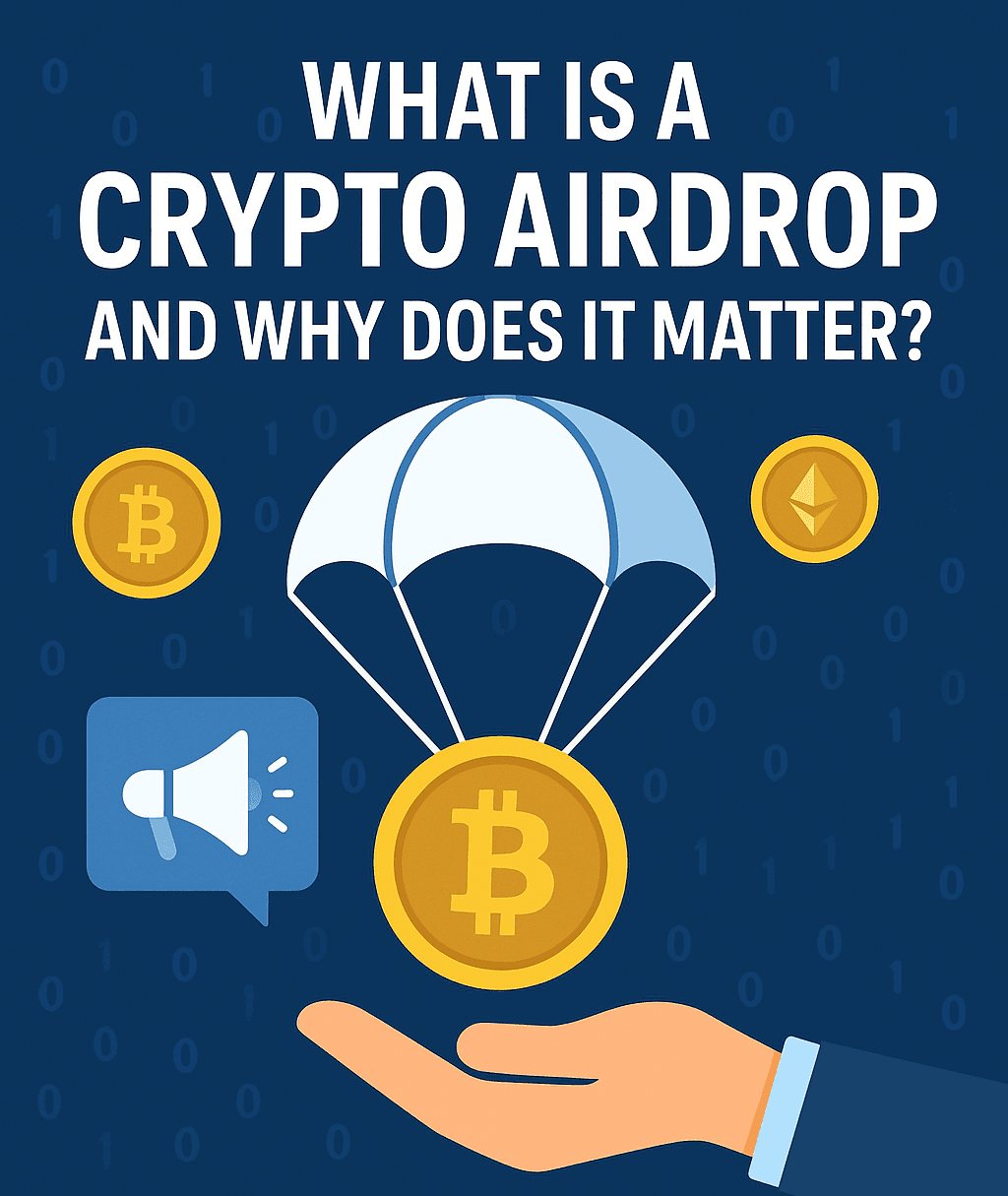Disclaimer: This article is for informational and educational purposes only. It does not constitute financial, investment, or legal advice. The cryptocurrency market is highly volatile, and you should always conduct your own research (DYOR) and consult with a qualified professional before making any investment decisions.
What Is Phishing In Crypto?
In the fast-paced world of cryptocurrency, the biggest threat to your assets isn’t always a bear market. It’s often something far more deceptive: a phishing attack. But what is phishing in crypto, exactly?

It’s a digital con game. Scammers use social engineering and deception to trick you into voluntarily giving them the keys to your kingdom—your private keys, seed phrases, or wallet passwords.
Unlike a brute-force hack, a crypto phishing scam targets you, the human element. It’s designed to manipulate your trust and create a sense of urgency, leading you to make a critical mistake.
What Is a Phishing Scam in Cryptocurrency?
A crypto phishing scam is any attempt by a fraudulent actor to steal your digital assets by impersonating a trusted person, brand, or service.
Think of it like a digital angler. They send out a “lure”—a fake email, a direct message, or a pop-up ad. The goal is to get you to “bite” by clicking a malicious link or downloading a compromised file.
Once you click that phishing link, meaning to go to a legitimate site, you’re instead taken to a perfect clone. When you enter your login details or, even worse, your 12-word seed phrase, you’re not logging in. You’re handing your credentials directly to a thief.
How Crypto Phishing Attacks Work
The success of crypto scams like phishing hinges on one thing: deception. The scammer’s entire job is to look, sound, and feel exactly like a service you already know and trust.
They create a fake but identical-looking website, a clone of a popular wallet app, or a social media profile mimicking a support agent.
They then create a compelling reason for you to act immediately. This “social engineering” exploits common human emotions like fear (“Your account is locked!”) or greed (“Claim your free airdrop now!”).
Common Signs of a Crypto Phishing Attempt
From what I’ve seen in the market, crypto scammers almost always leave breadcrumbs. You just have to know where to look.
- A Sense of Urgency or Panic: “Your wallet has been compromised! Click here to verify your account NOW!” This panic is designed to make you act before you think.
- “Too Good to Be True” Offers: “Elon Musk is giving away 5,000 ETH! Send 1 ETH to this address to get 10 ETH back!” This is a classic giveaway scam.
- Subtle URL & Email Mispellings: This is the big one. A scammer will create a link that looks right at a glance. Instead of
coinbase.com, it might bec0inbase.com(with a zero) orcoinbase.co. Always check the URL. - Unsolicited DMs or Emails: A legitimate project will never DM you first to offer technical support or ask for your seed phrase. Ever.
- Poor Grammar or Spelling: Many of these scams originate from non-English-speaking countries. While not always the case, obvious typos are a massive red flag.
Most Frequent Types of Crypto Phishing Scams
While the methods change, the goals of crypto fraud are the same. Here are the most common tactics you’ll encounter.
Fake Websites, Wallets, and Social Media Impersonations
This is the most common form of crypto phishing. A scammer will create a pixel-perfect clone of a popular exchange, a Web3 wallet, or a project’s website.
They then use Google Ads to make their fake site appear above the real one in search results. You search for “Phantom Wallet,” click the first link, and are taken to a scam site that looks identical.
They also create fake “support” accounts on X (Twitter) and Telegram. When you tweet at a real company for help, the fake support account will reply to you first, offering to “help” by directing you to a malicious link.
Email and Message Phishing: How Scammers Trick Crypto Users
This is a more direct attack. You might receive an email that looks like it’s from your exchange, claiming there’s been a “security update” or “unauthorized login attempt.”
The email will contain a phishing link that directs you to a fake login page. You enter your email and password, and the scammer instantly has your credentials. They then log in to the real site and drain your account.
Another common tactic is the “fake airdrop.” A scammer will send a “dust” token (a worthless token) to your wallet. When you go to a block explorer to see what it is, the token’s description has a link to a fake “claim” website. This site will ask you to connect your wallet and sign a transaction, which is actually a hidden approval to drain your other assets.
How to Avoid Falling for a Crypto Phishing Scam
Protecting yourself is 99% vigilance and 1% tools. Here are the golden rules to avoid crypto phishing scams:
- NEVER, EVER, EVER Share Your Seed Phrase or Private Keys. No one needs these. Not support, not a developer, not your best friend. Your seed phrase is the master key to all your funds.
- Bookmark Your Frequent Sites. Don’t rely on Google. Go to your exchange or wallet site once, verify the URL is correct (with the lock icon
https://), and bookmark it. From now on, only use that bookmark. - Use a Hardware Wallet. This is the single best investment you can make in your crypto security. A hardware wallet (like a Ledger or Trezor) keeps your private keys offline. Even if you click a bad link, a scammer can’t sign a transaction without you physically pressing a button on the device.
- Be Skeptical of Everything. Be suspicious of all unsolicited DMs, emails, and friend requests in crypto. If an offer seems too good to be true, it is 100% a scam.
Tools and Best Practices to Detect Crypto Phishing
Beyond vigilance, you can add layers of security:
- Use Two-Factor Authentication (2FA): Always use an authenticator app (like Google Authenticator) for your exchange accounts, not just SMS.
- Install a Web3 Security Extension: Browser extensions like Wallet Guard or Pocket Universe will pop up a warning before you connect to a known malicious site or sign a dangerous transaction.
- Read What You Sign: When your wallet asks you to “sign” a transaction, don’t just blindly click “Approve.” Read what it’s asking for. If it says “Set Approval For All” for one of your tokens, that’s a huge red flag that you’re about to give a scammer permission to steal them.
What to Do If You’ve Been Targeted by a Crypto Phishing Scam
If you realize you’ve been scammed, you must act with blinding speed.
- Revoke Permissions Immediately. If you signed a malicious transaction, go to a tool like Etherscan’s Token Approval Checker (or the equivalent for your blockchain). Find the malicious approval and “Revoke” it immediately.
- Move Your Funds. If you entered your seed phrase into a fake site, your wallet is compromised. It is gone. Do not try to save it. Your only chance is to immediately create a brand new wallet, with a new seed phrase, and transfer any remaining assets to it before the scammer does.
- Report the Scam. You won’t get your money back, but you can help others. Report the fake website or account to the platform (Google, X, Telegram) to get it taken down.
Reporting Crypto Phishing Scams to Authorities
After you’ve secured your remaining assets, report the crypto fraud. In the United States, you should file a detailed report with the FBI’s Internet Crime Complaint Center (IC3) and the Federal Trade Commission (FTC).
This helps law enforcement track these crypto scammers and identify patterns, even if recovering your specific funds is unlikely.
Key Takeaways: Staying Safe from Phishing and Other Crypto Scams
This space is full of complex technology, from blockchain oracles to what is layer-2 networks switch. But the most common way to lose your money is a simple, low-tech con.
The most important takeaway is this: You are the last line of defense for your assets. No company, bank, or government can reverse a crypto transaction.
Be paranoid. Be skeptical. Trust no one who contacts you first, and never, ever give out your seed phrase. Your security is your responsibility.





